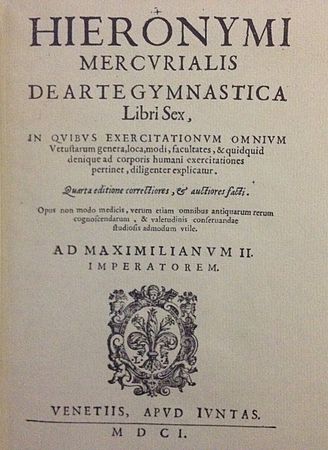Balnea was the name of the ancient spas that would offer any bath and body services such as massage. This characterized both Greek and Roman spas for a long time.
In the imperial times, the Roman balnea changed their name into thermae and there worked different figures such as – iatralipta who were experts in helping medical doctors, also unctores would prepare bodies with oil massage, fricatores practised frictions on the bodies, and tractatores (masseurs) would initially remove oil with a special tool called a strigile.
All these actions were provided, together with autonomous exercise by individuals who received a hot bath and a final cold bath. The place with hot water was called calidarium, the one with cold water frigidarium. Today we would practice a hot bath before any massage and exercise, in order to benefit from muscle relaxation but the ancient spa attenders had different reasons to attend them, one of which was the chance of meeting people in a relaxing social context.
The onset of therapists who used exercise as a means of health probably dates back to the XVII century, as Girolamo Mercuriale described different therapeutic movements in the fourth book of his De Arte Gymnastica (1569), pictured above.
Exercise as a therapy was first practiced inside a spa in 1852, when an army sergeant received remedial gymnastic for his rheumatic disease at the Aix Baths in Savoy (North of Italy), together with baths and massage. The XIX century registered also the birth of medical gymnastics by the Swedish Heinrick Ling and the development of therapeutic aspects inside any spas, together with new spaces for scientific rehabilitation.

